Make Aromatic Sachets by Upcycling Old Fabric Scraps
Have you ever looked at your fabric scraps and thought they were just taking up space? Well, it's time to think again! Making aromatic sachets from leftover fabric is not only a fantastic way to reduce waste but also an opportunity to express your creativity. Imagine transforming those old scraps into delightful little bundles of fragrance that can freshen up your drawers, closets, or even your car! These sachets are not just practical; they can also add a personal touch to your home décor. So, grab those fabric remnants, and let’s dive into the world of upcycling!
Upcycling fabric scraps offers a multitude of benefits that go beyond just saving the planet. First and foremost, it significantly reduces waste. Instead of tossing those old pieces of fabric into the trash, you can breathe new life into them. This practice promotes sustainability, which is increasingly important in our eco-conscious world. Additionally, upcycling allows for creative expression. Each sachet you create tells a story, showcasing your unique style and preferences.
When it comes to making effective sachets, selecting the right fabric is crucial. Natural fibers like cotton and linen are ideal due to their breathability, which allows scents to permeate beautifully. Not only do these fabrics hold scents well, but they also come in a variety of colors and patterns that can enhance the visual appeal of your sachets. Imagine a colorful floral print sachet filled with lavender—how inviting does that sound?
Different fabric types serve various purposes in sachet-making. Here’s a quick rundown:
| Fabric Type | Characteristics | Best Use |
|---|---|---|
| Cotton | Soft, absorbent | General use |
| Burlap | Rustic charm | Decorative sachets |
| Silk | Luxurious feel | Special occasion sachets |
Choosing the right fabric can impact both scent retention and aesthetic appeal, so take some time to explore your options!
Old clothing is a fantastic source of fabric scraps. Think about that favorite shirt that’s seen better days or those jeans that no longer fit. Repurposing worn-out garments not only saves you money but also adds sentimental value to your sachets. Each piece of fabric can remind you of a special moment or a loved one, making your sachets truly one-of-a-kind creations.
Don’t be afraid to get creative! Mixing different fabric textures can create visually interesting sachets. For instance, combining smooth cotton with rough burlap can enhance the tactile experience, making your sachets more appealing to touch and sight. This not only adds an artistic flair but also makes each sachet a delightful surprise for anyone who encounters it.
The choice of scent is vital in making aromatic sachets. You have a world of options at your fingertips! Essential oils, dried herbs, and spices can be used to create a personalized fragrance that suits your preferences. Imagine walking into a room that smells like freshly baked cookies or a soothing lavender field—pure bliss!
The process of making sachets is simple and enjoyable. All you need are your fabric scraps, some filling, and a few basic sewing supplies. Following a few basic steps, you can craft beautiful sachets that not only smell great but also add a decorative touch to your home. It’s like crafting little gifts for yourself or your loved ones!
Familiarizing yourself with basic sewing techniques is essential for crafting sachets. Whether you choose to hand-sew or use a sewing machine, both methods can achieve effective results. If you're new to sewing, don’t worry! There are plenty of tutorials online that can guide you through the process step by step. Just think of it as a fun little project where you can let your creativity shine!
There are various methods to close your sachets, from sewing to using ribbons or drawstrings. Exploring different closure techniques can add unique elements to your sachets while ensuring the contents remain secure. Imagine finishing off your sachet with a beautiful satin ribbon—how charming would that look on your dresser?
- What materials do I need to make aromatic sachets? You’ll need fabric scraps, filling (like dried herbs or rice), and basic sewing supplies.
- Can I use synthetic fabrics? While natural fibers are preferred for scent retention, you can experiment with synthetic fabrics if you like!
- How long do the scents last? The longevity of the scent depends on the materials used, but you can refresh them with essential oils as needed.

Benefits of Upcycling Fabric Scraps
Upcycling fabric scraps is not just a trendy craft; it's a powerful movement towards sustainability and creativity. By transforming leftover pieces of fabric into aromatic sachets, you're not only reducing waste but also giving new life to materials that would otherwise end up in a landfill. Isn't it amazing how something as simple as a scrap of fabric can be repurposed into something beautiful and functional? This process allows you to express your personal style while contributing positively to the environment.
One of the most significant advantages of upcycling is the reduction of environmental impact. The fashion industry is notorious for its waste, with tons of fabric scraps generated every year. By choosing to upcycle, you're making a conscious decision to minimize this waste. Every small step counts, and your efforts can inspire others to think creatively about their own fabric scraps. Plus, upcycled items often have a unique story behind them, adding sentimental value that mass-produced items simply can't match.
Furthermore, creating sachets from fabric scraps gives you the chance to explore your creativity. You can mix and match colors, patterns, and textures, resulting in one-of-a-kind pieces that reflect your personality. Upcycling allows for a personal touch—each sachet tells a story, whether it’s made from your favorite old shirt or a vintage tablecloth. The satisfaction of transforming something old into something new is incredibly rewarding.
Additionally, making aromatic sachets can be a therapeutic activity. The process of sewing, choosing scents, and designing your sachets can serve as a form of mindfulness, helping you unwind and connect with your creative side. Imagine sitting down with your fabric scraps, a cup of tea, and letting your imagination run wild. It’s a wonderful way to escape the hustle and bustle of everyday life.
Lastly, upcycling fabric scraps can also be a cost-effective solution. Instead of purchasing new materials, you can utilize what you already have at home. This not only saves money but also encourages resourcefulness and innovation. You might be surprised at how many beautiful sachets you can create from just a few scraps of fabric! So, gather those old pieces and let your creativity flow.
In summary, the benefits of upcycling fabric scraps are vast and varied. From reducing waste and enhancing creativity to providing therapeutic benefits and saving money, the reasons to dive into this craft are compelling. So why not give it a try? Your home—and the planet—will thank you!

Choosing the Right Fabrics
When it comes to crafting aromatic sachets, is essential for both functionality and aesthetics. The fabric you select can significantly influence how well your sachets perform in terms of scent retention, durability, and visual appeal. Ideally, you want to opt for natural fibers like cotton and linen because they are breathable and allow the fragrance to permeate through effectively. Plus, they add a lovely, organic touch to your creations.
Imagine wrapping your favorite scents in a soft, cotton pouch that not only looks great but also works wonders in keeping your home smelling fresh. Cotton is not only soft and absorbent, but it also comes in a myriad of colors and patterns, allowing you to unleash your creativity. On the other hand, linen has a natural texture that adds a rustic charm to your sachets, making them perfect for a cozy, farmhouse vibe.
Different fabric types serve various purposes, and understanding these can elevate your sachet-making game. For example, you might want to consider:
- Burlap: This fabric provides a rustic feel and is sturdy, making it great for sachets that need to hold up over time.
- Muslin: Lightweight and breathable, muslin is fantastic for letting scents escape while keeping the contents secure.
- Silk: If you're looking to add a touch of luxury, silk sachets can be a beautiful option, although they may require a bit more care.
Additionally, think about the visual aspect of your sachets. Mixing and matching fabrics with different colors and patterns can create a striking visual effect. For instance, pairing a vibrant floral cotton with a more muted burlap can produce a beautiful contrast that catches the eye. This not only enhances the aesthetic appeal of your sachets but also allows you to express your personal style.
Lastly, don't overlook the potential of upcycling old clothing. Old shirts, dresses, or even tablecloths can be transformed into unique sachets that carry memories and stories. This not only saves money but also gives your sachets a sentimental value that new fabric simply can't replicate. So, the next time you're about to toss out that worn-out shirt, think twice! It could become the perfect fabric for your next aromatic sachet.
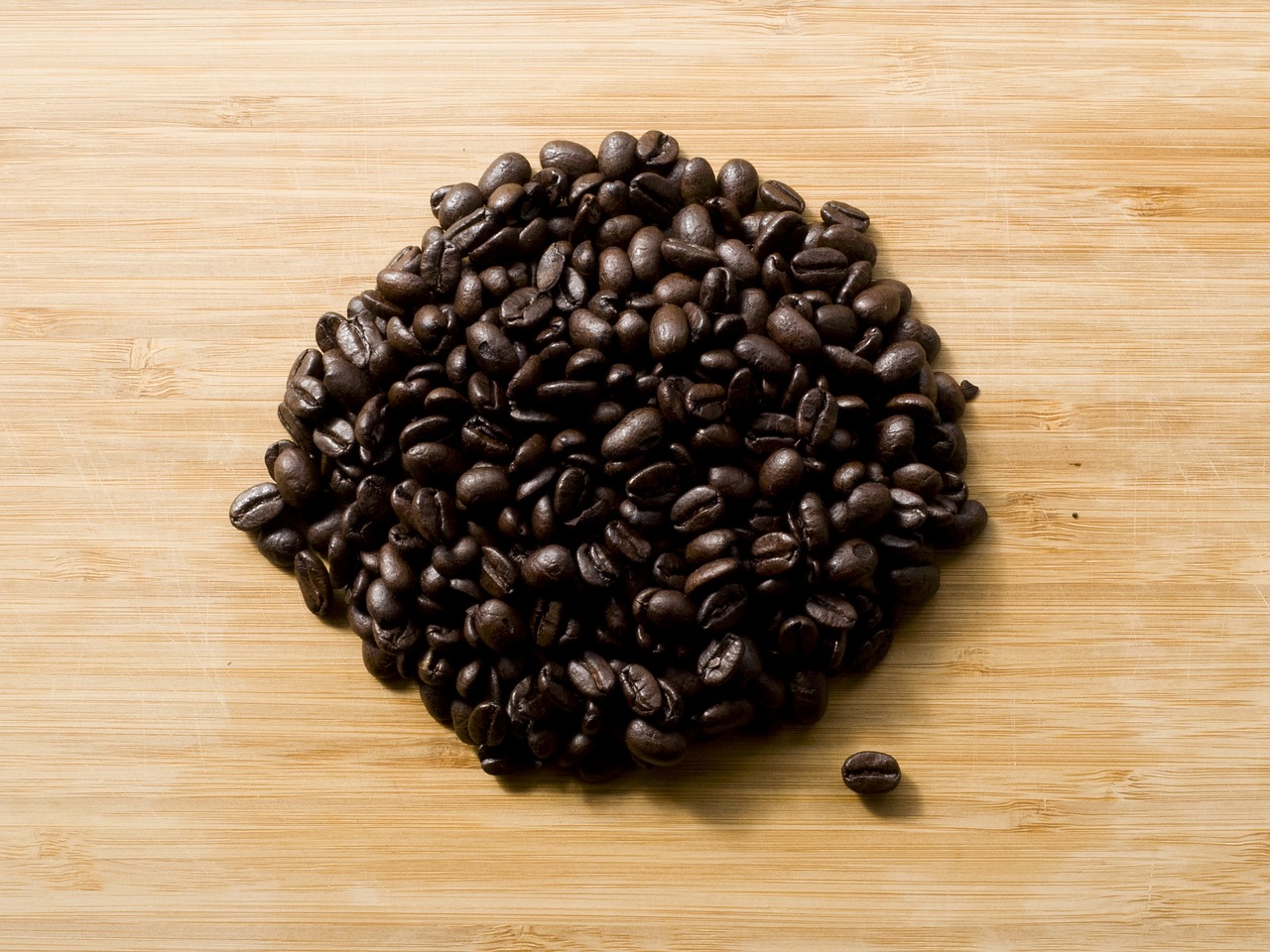
Fabric Types to Consider
When it comes to crafting aromatic sachets, the type of fabric you choose plays a pivotal role in both functionality and aesthetics. Each fabric type offers unique characteristics that can enhance the overall experience of your sachets. For instance, cotton is a popular choice due to its softness and absorbency. It readily absorbs scents from essential oils and herbs, allowing for a prolonged release of fragrance. Moreover, cotton is easy to sew and comes in a wide array of colors and patterns, making it a versatile option for any project.
On the other hand, if you're looking for something with a bit more texture, consider using burlap. This fabric brings a rustic charm to your sachets and is often associated with natural, earthy scents. Its coarse texture not only adds visual interest but also allows for air circulation, which can help maintain the potency of the aromas within. However, burlap may not hold scents as long as smoother fabrics, so it’s often best paired with other materials.
Another fabric worth considering is linen. Renowned for its breathability and durability, linen is an excellent choice for sachets that you want to last. It has a natural luster that can elevate the look of your sachets, making them suitable for decorative purposes as well. While linen can be a bit stiffer than cotton, its ability to hold scents well makes it a worthy contender.
To help you decide, here's a quick comparison of various fabrics you might consider:
| Fabric Type | Characteristics | Best For |
|---|---|---|
| Cotton | Soft, absorbent, available in many patterns | General use, versatile designs |
| Burlap | Coarse texture, rustic appeal | Earthy scents, decorative rustic sachets |
| Linen | Breathable, durable, natural luster | Long-lasting scents, elegant designs |
It’s also worth considering silk for a touch of luxury. Although it may not be as absorbent as cotton or linen, silk's smooth surface can create an elegant sachet that feels great to the touch. Just keep in mind that silk may require more careful handling and maintenance, especially if you want to keep it looking pristine.
In summary, the fabric you choose will not only affect the appearance of your sachets but also how well they perform in terms of scent retention. By mixing and matching different fabrics, you can create unique sachets that not only smell delightful but also look stunning in your home. So, whether you're aiming for a cozy, rustic vibe or a chic, modern aesthetic, the right fabric can make all the difference!
- Can I use synthetic fabrics for sachets? While synthetic fabrics are available, they may not absorb scents as well as natural fibers. It's generally recommended to stick with natural materials for the best fragrance experience.
- How do I clean my fabric sachets? Most fabric sachets can be gently spot cleaned or aired out. If you used essential oils, consider refreshing them with a few drops of the same oil.
- Can I reuse fabric scraps from old clothing? Absolutely! Old clothing is a fantastic source of fabric scraps. Just make sure to wash them before using them in your sachets to remove any dirt or odors.
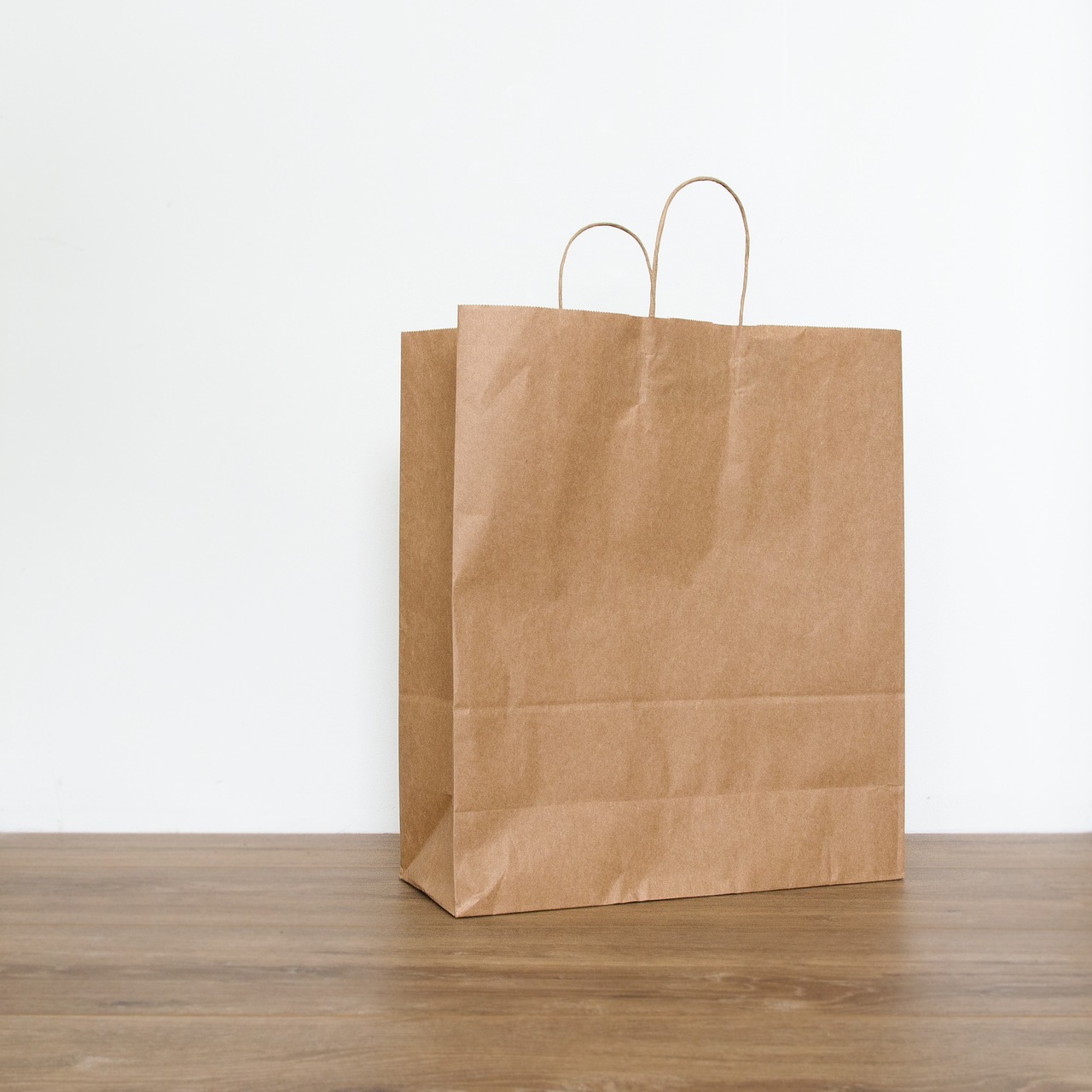
Utilizing Old Clothing
Old clothing is not just a thing of the past; it’s a treasure trove of potential waiting to be transformed into something beautiful and functional. When you look at that worn-out shirt or those faded jeans, think about the possibilities! Instead of tossing them into the landfill, consider how they can be repurposed into aromatic sachets that not only smell delightful but also carry a story. Each piece of fabric holds memories, and by using these garments, you’re not just saving money but also adding a sentimental touch to your home décor.
Imagine the soft cotton of an old T-shirt, or the unique patterns of a vintage dress. These fabrics can bring a personal flair to your sachets, making them truly one-of-a-kind creations. By utilizing old clothing, you can create sachets that reflect your style and personality. Here are some ideas on how to effectively use old clothing for your sachets:
- Choose the Right Fabrics: Look for natural fibers like cotton or linen, as they are breathable and allow the scent to permeate beautifully.
- Consider Patterns and Colors: Old clothing often comes with unique designs. Use these to your advantage by selecting pieces that will complement your home’s aesthetic.
- Incorporate Sentimental Items: A favorite shirt or a piece of clothing from a loved one can make your sachets even more special.
As you cut your fabric, remember to keep the size consistent. A good rule of thumb is to cut squares or rectangles that are about 4 to 6 inches in size; this allows enough room to hold your aromatic fillings while still being compact. The beauty of using old clothing is that you can mix and match different textures and colors, creating a patchwork of fabric that tells a story.
Additionally, old clothing often has unique features, such as pockets or buttons, that can be cleverly integrated into your sachets. These elements not only add visual interest but can also serve functional purposes, like securing the contents inside. For instance, a small pocket from a pair of jeans can be turned into a sachet that holds dried lavender, bringing a rustic charm to your home.
Finally, don’t forget about the emotional connection. Each sachet you create can be a reminder of a cherished memory, whether it’s the fabric from your first concert T-shirt or a dress that holds stories of family gatherings. By utilizing old clothing, you’re not just crafting a home accessory; you’re creating a piece of your history, wrapped in delightful scents that can evoke nostalgia every time you catch a whiff.
Q: What types of clothing are best for making sachets?
A: Natural fibers like cotton, linen, and burlap are ideal. Look for garments that have interesting patterns or textures.
Q: Can I use synthetic fabrics?
A: While it’s best to stick with natural fibers for scent retention, you can use synthetic fabrics if that’s all you have. Just keep in mind that they may not hold scents as well.
Q: How do I clean old clothing before using it for sachets?
A: It’s a good idea to wash your old clothing to remove any dirt or odors. You can also iron the fabric to give it a neat appearance before cutting it into sachets.
Q: What scents work best in sachets?
A: Popular options include dried lavender, rosemary, chamomile, or essential oils. You can mix and match to create your own unique fragrance.
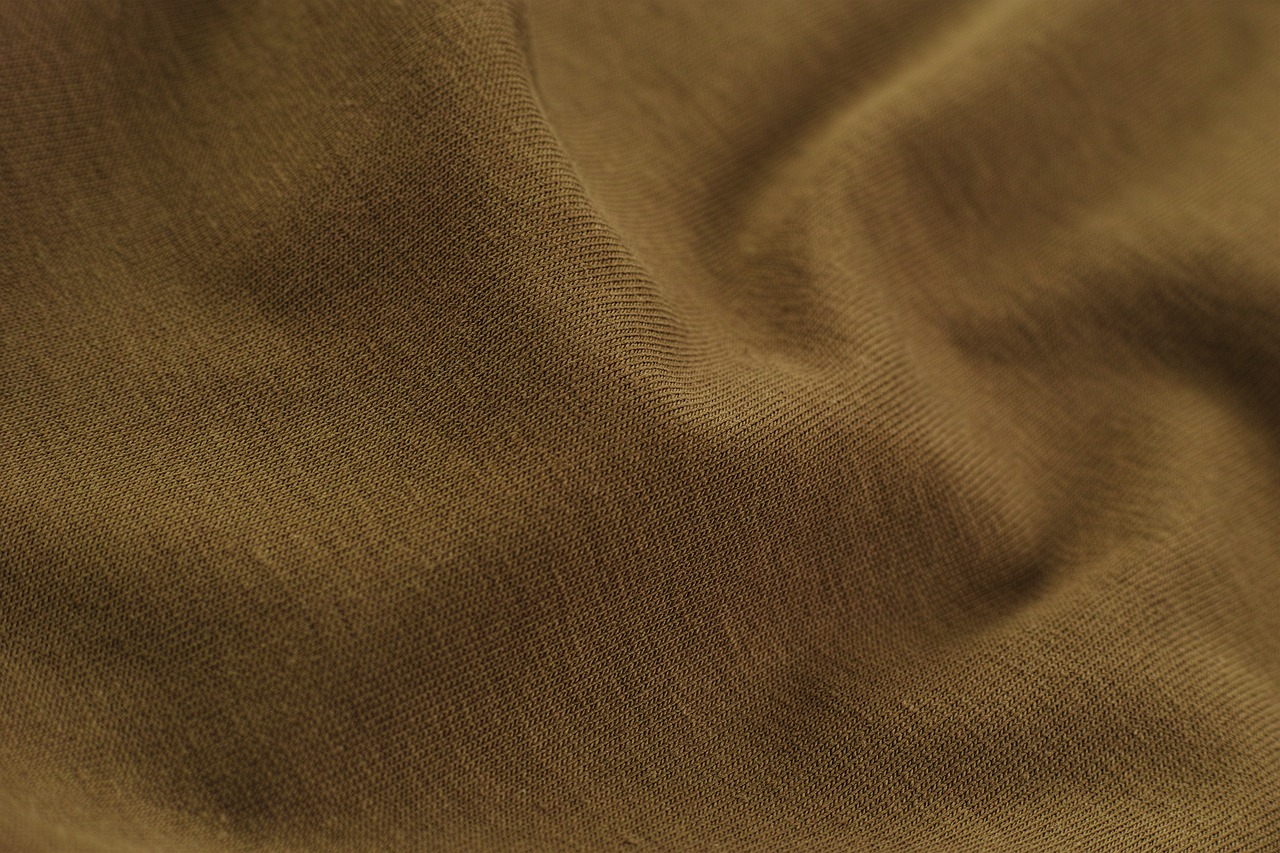
Mixing Fabrics for Texture
When it comes to creating aromatic sachets, one of the most delightful aspects is the opportunity to mix different fabrics for a rich and engaging texture. Imagine holding a sachet that not only smells divine but also feels interesting in your hands! By combining various materials, you can elevate your sachets from simple to stunning. For instance, pairing a soft cotton with a rough burlap can create a beautiful contrast that not only pleases the eye but also adds depth to the tactile experience. This kind of fabric mixing can transform your sachets into little works of art that reflect your personal style.
But why stop at just cotton and burlap? There are countless fabric combinations you can explore! Think about incorporating materials like satin, which can add a touch of elegance, or lace, which can introduce a delicate charm. The key is to experiment with different textures and see what resonates with you. You might find that a smooth silk pairs beautifully with a coarse canvas, creating a sachet that is both visually striking and pleasing to the touch.
As you mix fabrics, consider the overall theme you want to convey. For a rustic vibe, try combining earthy tones and natural fibers. Alternatively, for a more modern look, opt for bold colors and geometric patterns. The possibilities are endless! Just remember to keep the purpose of the sachet in mind. Some fabrics hold scents better than others, so a little experimentation will go a long way in finding the perfect blend. Try to incorporate fabrics that are breathable, as this will help the aromatic contents to release their fragrance more effectively.
Here’s a quick table to summarize some fabric combinations you might want to try:
| Fabric 1 | Fabric 2 | Texture Combination |
|---|---|---|
| Cotton | Burlap | Soft meets rustic |
| Satin | Lace | Elegant and delicate |
| Canvas | Silk | Sturdy with a touch of luxury |
| Flannel | Denim | Cozy and casual |
In conclusion, mixing fabrics for texture not only enhances the aesthetic appeal of your sachets but also invites a sensory experience that can elevate your home’s ambiance. So go ahead, gather those fabric scraps, and let your creativity flow! You might just discover a new favorite combination that makes your aromatic sachets truly stand out.
Q: Can I use synthetic fabrics for sachets?
A: While natural fibers are preferred for their breathability, you can use synthetic fabrics if they are your only option. Just keep in mind that they may not hold scents as well as natural materials.
Q: How do I ensure my sachets smell great for a long time?
A: To prolong the scent, use dried herbs and essential oils, and store your sachets in a cool, dry place when not in use. You can also refresh the scent by adding a few drops of essential oil over time.
Q: Can I wash my sachets?
A: If your sachets are made from washable fabrics, you can clean them gently. However, be aware that washing may diminish the scent, so consider refreshing them with essential oils afterward.
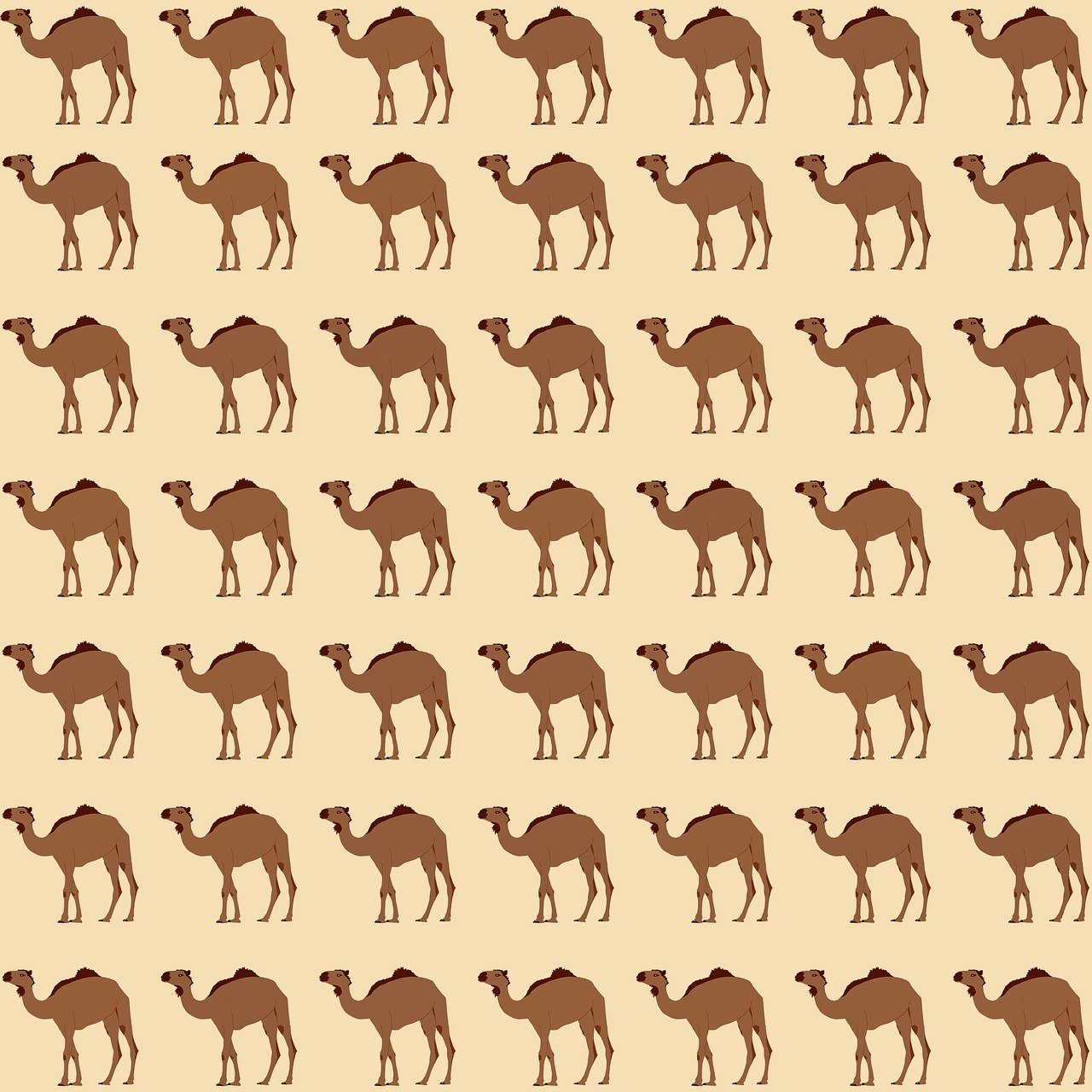
Identifying Suitable Scents
When it comes to creating aromatic sachets, the choice of scent is not just an afterthought; it’s the heart and soul of your creation! Imagine walking into a room and being greeted by the soothing aroma of lavender or the refreshing scent of citrus. These delightful fragrances can elevate your mood, create a welcoming atmosphere, and even evoke cherished memories. So, how do you go about selecting the perfect scents for your sachets? Let’s dive into some aromatic options that will not only enhance your sachets but also transform your living space.
First off, you have a range of options to choose from. Essential oils are a popular choice due to their concentrated and potent fragrances. They come in a variety of scents, like calming lavender, invigorating peppermint, or even exotic sandalwood. Just a few drops can create a lasting impression! Dried herbs are another fantastic option. For instance, dried rosemary or chamomile not only smell wonderful but also bring a touch of nature into your sachets. They can be used alone or mixed with essential oils for a more complex scent profile.
Let’s not forget about spices! Think of the warm, cozy aroma of cinnamon or the sweet scent of vanilla. These spices can add a delightful twist to your sachets, making them perfect for seasonal decor or gifts. You can experiment with different combinations to find what resonates with you. For example, mixing dried orange peel with cloves can create a festive scent that’s perfect for the holidays.
Here’s a quick overview of some popular scent options for your sachets:
| Scent Type | Examples | Benefits |
|---|---|---|
| Essential Oils | Lavender, Peppermint, Eucalyptus | Calming, Invigorating, Refreshing |
| Dried Herbs | Rosemary, Chamomile, Mint | Natural, Aromatic, Therapeutic |
| Spices | Cinnamon, Cloves, Vanilla | Warm, Cozy, Inviting |
As you explore these options, consider your personal preferences and the ambiance you wish to create. Do you want a relaxing environment? Opt for soothing scents like lavender or chamomile. Looking to energize your space? Citrus scents like lemon or lime can do wonders! The beauty of making your own aromatic sachets lies in the freedom to customize. You can mix and match these scents to create something uniquely yours.
Finally, don’t forget to test your blends! Before sealing your sachets, give them a sniff and see if the combination works for you. Sometimes, what sounds good in theory may not always translate well in practice. Trust your nose and have fun with the process! After all, the journey of creating these aromatic sachets is just as enjoyable as the end result.
Q: How long do the scents last in sachets?
A: The longevity of scents in sachets varies depending on the materials used, but generally, you can expect them to last anywhere from a few weeks to several months. Refreshing the scents occasionally can help maintain their potency.
Q: Can I use synthetic fragrances instead of natural ones?
A: Yes, you can use synthetic fragrances; however, natural options like essential oils and dried herbs are often preferred for their health benefits and eco-friendliness.
Q: How can I refresh the scent in my sachets?
A: Simply add a few drops of essential oil or replace the dried herbs to reinvigorate the aroma of your sachets.
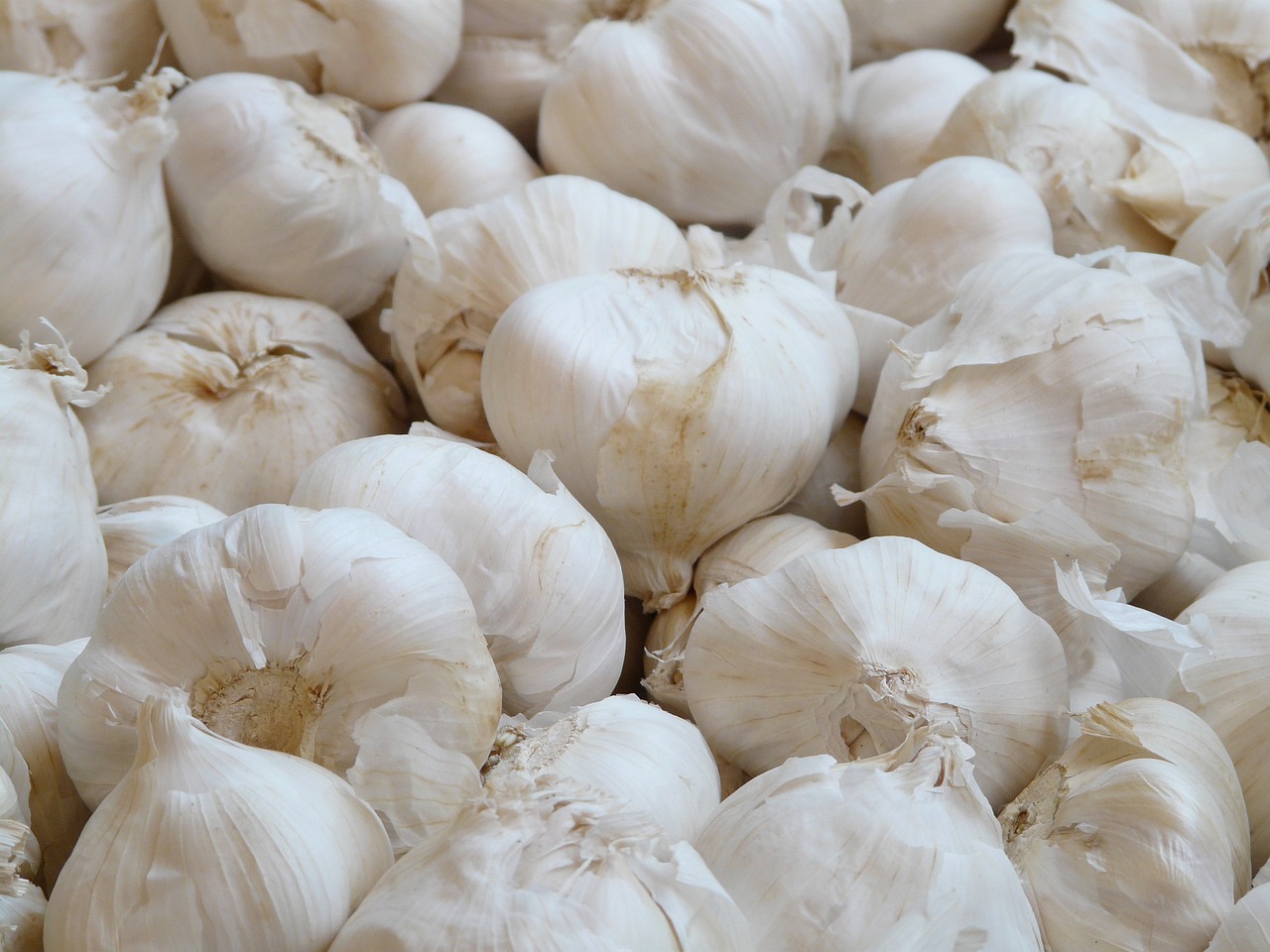
Creating the Sachets
Creating aromatic sachets is not only a fun and creative process, but it also allows you to add a personal touch to your home. The beauty of making sachets lies in their simplicity—anyone can do it, regardless of sewing skill level! To get started, gather your materials. You'll need fabric scraps, stuffing (like dried lavender, rice, or a blend of herbs), and some basic sewing supplies. Don’t worry if you’re not a sewing expert; even a simple hand-stitch will do the trick!
Begin by cutting your fabric into squares or rectangles. A size of about 5x5 inches is ideal for a small sachet, but feel free to adjust based on your preference. Once you’ve cut your fabric, it’s time to think about adding a delightful scent. Consider using a mix of dried herbs, essential oils, or even spices. For example, lavender and chamomile create a calming aroma, while citrus peels can add a refreshing twist. You can even experiment with unique combinations to discover your signature scent!
Next, it's essential to secure your fabric pieces before stuffing. You can do this by placing the right sides of the fabric together (the side that will be on the outside) and sewing along the edges, leaving a small opening for filling. If you’re feeling adventurous, you can use decorative stitches or colorful threads to add some flair to your sachets. Once you’ve sewn around the edges, turn the sachet inside out, so the right side is facing out.
After turning your sachet right side out, fill it with your chosen stuffing. Be generous but not too tight; you want your sachet to be plump but still able to breathe. Once filled, carefully sew the opening closed. You can use a simple running stitch for a classic look or a whip stitch for a more decorative finish. If you prefer, you can also use ribbons or drawstrings to close your sachets, adding an extra layer of charm.
Finally, consider adding embellishments to personalize your sachets further. You could attach a small tag with the name of the scent or a special message. This is especially great if you plan to give them as gifts. Remember, the more personal your sachet, the more meaningful it becomes. So go ahead, let your creativity flow, and enjoy the process of making these delightful aromatic sachets!
- What types of scents work best in sachets? Natural scents like dried herbs (lavender, rosemary) and essential oils are excellent choices. You can also use spices like cinnamon or cloves for a warm aroma.
- How long do aromatic sachets last? Depending on the materials used, sachets can last anywhere from a few weeks to several months. Refresh the scent by adding a few drops of essential oil when needed.
- Can I wash my sachets? It's best to avoid washing them as the scent may diminish. Instead, you can gently shake them or air them out to refresh the aroma.
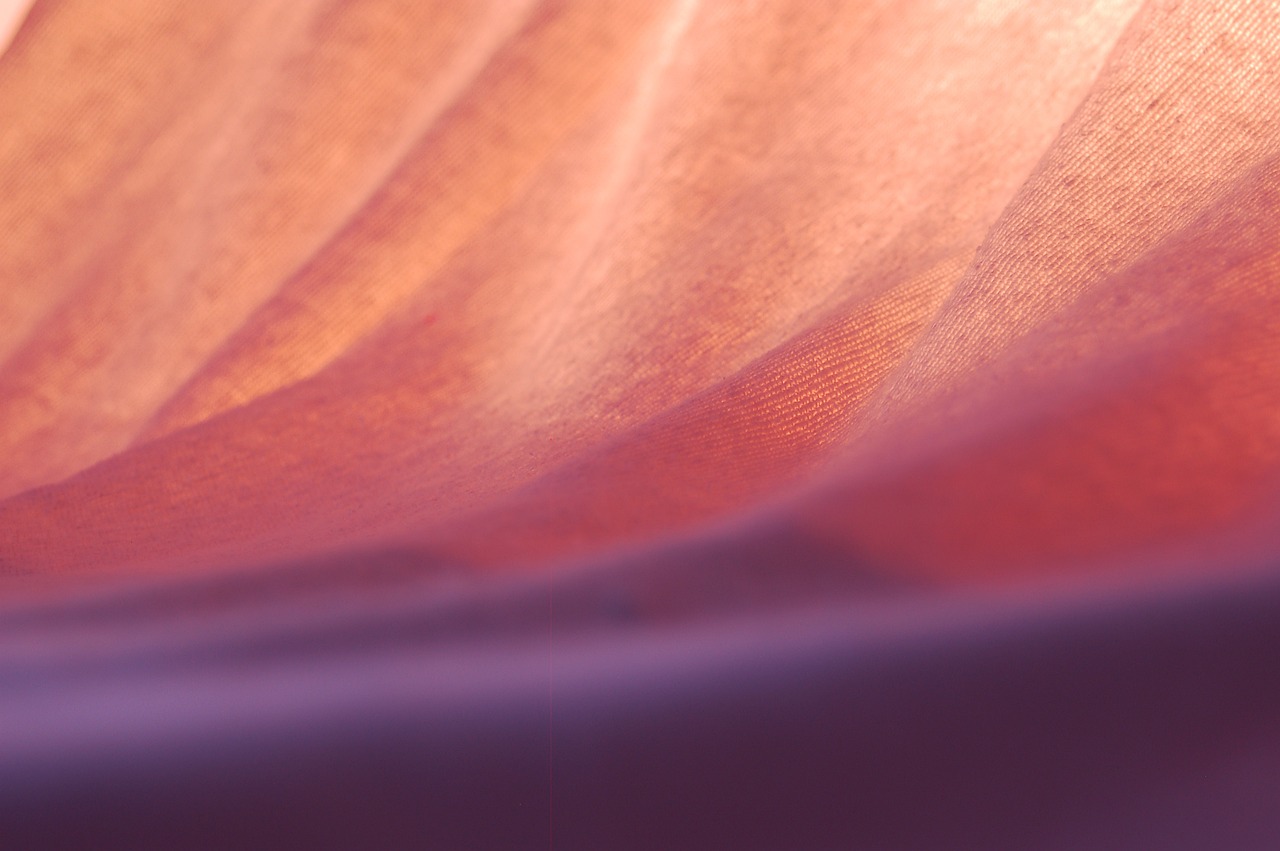
Basic Sewing Techniques
When it comes to crafting your own aromatic sachets, mastering some can make a world of difference. Whether you're a seasoned seamstress or a complete novice, the beauty of sachet-making is that it doesn't require intricate skills. Instead, it's all about embracing the simple stitches and techniques that can help you create something truly delightful. So, grab your fabric scraps and let's dive into the essentials!
First off, you'll need to familiarize yourself with some fundamental stitches. The most common stitch for sachet-making is the straight stitch, which is perfect for sewing two pieces of fabric together. If you're feeling adventurous, you might want to try a zigzag stitch as well. This stitch not only secures the edges of your fabric but also adds a decorative touch. To get started, simply set your sewing machine to the desired stitch, or if you're hand-sewing, use a needle and thread to create a straight line along the edge of your fabric.
Another essential technique is the backstitch. This is particularly useful for reinforcing seams, ensuring that your sachets can withstand the test of time. To execute a backstitch, insert your needle from the back to the front of the fabric, pull it through, and then insert it back into the fabric a short distance ahead. Pull the thread tight and repeat the process, creating a secure seam that won’t easily unravel.
For those who prefer a more decorative finish, consider using a slip stitch. This technique is great for closing the opening of your sachet after filling it with your chosen aromatic ingredients. To perform a slip stitch, fold the raw edges of the fabric inward and use small, hidden stitches to secure the fold in place. This method not only keeps your sachet contents secure but also gives it a clean, polished look.
Don't forget about the importance of pressing your seams. After sewing, it's a good idea to iron your sachets flat. This step helps to eliminate any puckering and gives your sachets a professional finish. Use a low heat setting, especially if you're working with delicate fabrics, and press gently to avoid damaging the material.
As you embark on your sewing journey, remember that practice makes perfect! Don't be discouraged if your first few attempts don't turn out exactly as you envisioned. Each sachet you create will help you improve your skills and develop your unique style. Plus, the satisfaction of making something with your own hands is truly priceless. So, throw on your favorite tunes, get comfortable, and enjoy the process of creating your aromatic sachets!
Q: What type of thread should I use for fabric sachets?
A: It's best to use a strong, durable thread that matches your fabric color. Cotton or polyester threads work well for most fabrics.
Q: Can I use a sewing machine for sachet-making?
A: Absolutely! A sewing machine can speed up the process and provide a more uniform stitch. Just make sure to adjust the settings based on the fabric type.
Q: How do I ensure my sachets are securely closed?
A: You can use various closure methods, like sewing, ribbons, or drawstrings. Just make sure whatever method you choose keeps the contents securely inside.
Q: What if I don’t have sewing supplies?
A: If you’re not equipped with sewing supplies, consider using fabric glue or even tying sachets with twine or ribbons for a no-sew option!
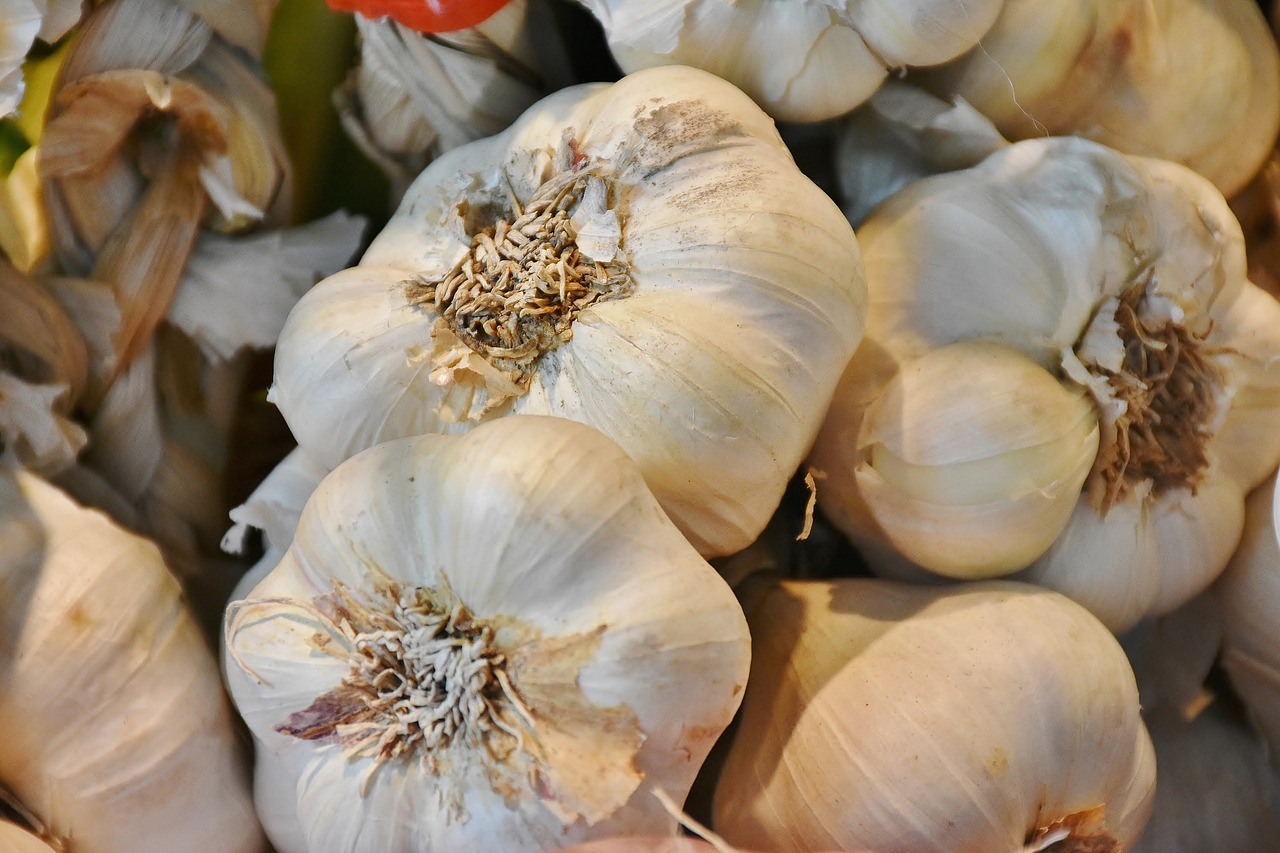
Alternative Closure Methods
When it comes to sealing your aromatic sachets, the closure method you choose can add a unique flair while ensuring the contents stay secure. There are several creative options available, each with its own charm and practicality. For instance, you can opt for traditional sewing, which provides a clean and polished finish. But why stop there? Think outside the box! Using ribbons, drawstrings, or even buttons can transform a simple sachet into a delightful piece of art.
Let’s dive deeper into some of these methods:
- Sewing: The classic approach. It’s straightforward and effective. Just use a needle and thread to stitch the sachet closed after filling it with your chosen scent. This method is perfect for those who enjoy the tactile experience of sewing.
- Ribbons: Adding a ribbon closure can give your sachets a whimsical touch. Simply fill your sachet, gather the top, and tie it off with a beautiful ribbon. This not only secures the contents but also makes it easy to reopen when you want to refresh the scent.
- Drawstrings: Creating a drawstring closure is another excellent option. It allows for easy access to the contents while keeping them contained. You can sew a channel at the top of the sachet, thread a piece of fabric or string through it, and then pull to close. This method is especially great for larger sachets.
- Buttons: For a quirky and vintage vibe, consider using buttons. You can sew a button on one side of the sachet and create a loop on the other side. This not only secures the sachet but also adds a decorative element that enhances its overall look.
Each closure method offers a different aesthetic and functionality. Think about the theme of your sachets and choose a closure that complements it. Whether you want a rustic, elegant, or playful look, your choice of closure can elevate the entire sachet-making experience.
1. Can I use any type of fabric for my sachets?
Yes! While natural fibers like cotton and linen are ideal for scent retention, you can experiment with various fabrics based on your preferences and available materials.
2. How long do the scents last in sachets?
The longevity of the scent depends on the materials used and the environment. Generally, sachets can last anywhere from a few weeks to several months. You can refresh the scent by adding more essential oils or herbs as needed.
3. Are there any scents I should avoid?
While personal preference plays a big role, it's best to avoid overly strong or synthetic scents that can be overwhelming. Stick to natural essential oils and dried herbs for a more pleasant aroma.
4. Can I wash the sachets?
It’s best to avoid washing sachets filled with herbs or essential oils, as this can diminish their scent. If the fabric itself needs cleaning, consider removing the contents and washing the fabric separately.
Frequently Asked Questions
- What materials do I need to make aromatic sachets?
To create aromatic sachets, you'll need some fabric scraps, filling materials like dried herbs or essential oils, and basic sewing supplies like a needle and thread or a sewing machine. You can also add embellishments like ribbons or buttons for a personal touch!
- Can I use any type of fabric for sachets?
While you can technically use any fabric, it's best to choose natural fibers like cotton or linen. These materials are breathable and help retain scents effectively. Avoid synthetic fabrics as they may not hold scents as well and can sometimes release unwanted odors.
- How do I choose the right scent for my sachets?
Your choice of scent can depend on your personal preferences or the purpose of the sachets. Essential oils, dried herbs like lavender or rosemary, and spices such as cinnamon can all create delightful fragrances. Experiment with different combinations to find what you love!
- What are some creative ways to close my sachets?
There are several fun methods to close your sachets! You can sew them shut, use a drawstring, or even tie them with a ribbon. Each method adds a unique charm, so feel free to get creative and choose what suits your style best.
- Can I wash the fabric scraps before using them?
Absolutely! Washing your fabric scraps before using them is a great idea. It helps remove any dirt or odors and makes the fabric softer. Just make sure to let them dry completely before you start crafting your sachets!
- How long do the scents from the sachets last?
The longevity of the scents in your sachets can vary based on the materials used. Generally, dried herbs and essential oils can last anywhere from a few weeks to several months. If the scent starts to fade, you can refresh it by adding more essential oils or replacing the filling.



















